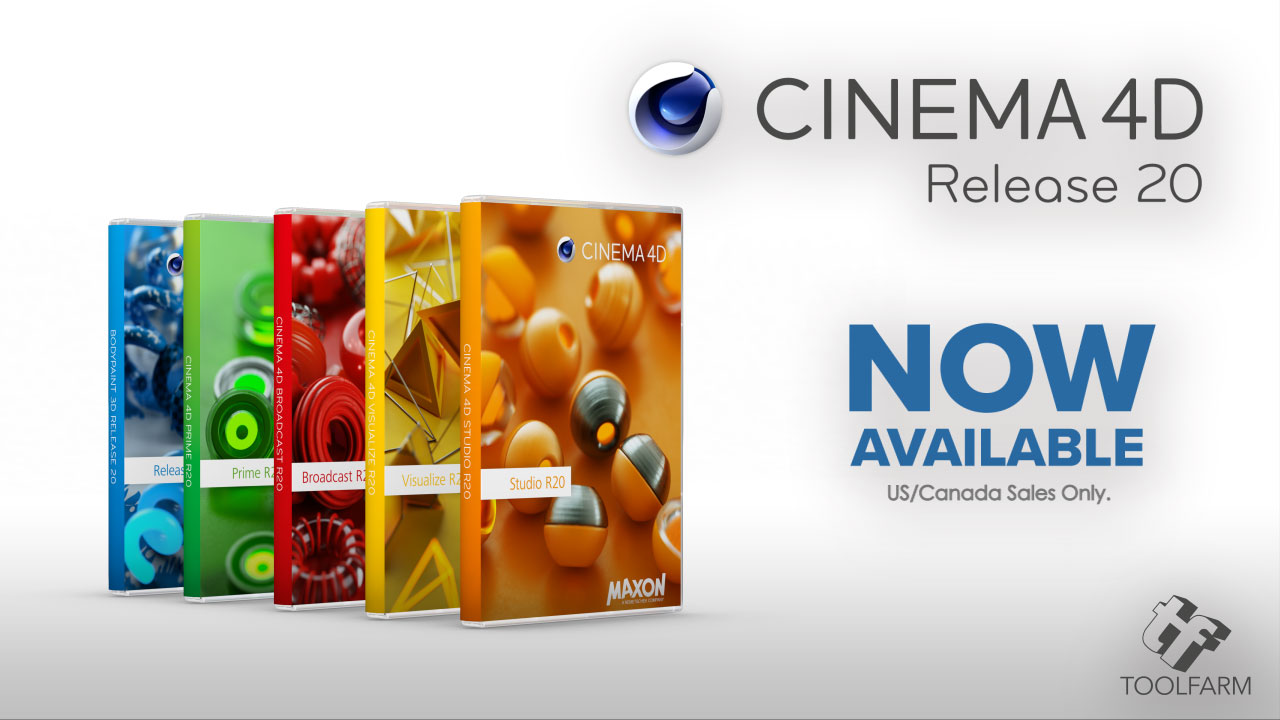GI Area Light Script and Tutorial for Reflectance Channel for MAXON CINEMA 4D R16

First, here’s a video tutorial from Nick about the script explaining GI Area Light and how to light with the Reflectance channel in CINEMA 4D R16, which was released last week. Below the video, download the GI Area Light Script.
More about the GI Area Light Script
Nick warns, “Be sure it’s checked if you are adding luminant geometry to your scene or using Greyscalegorillia HDRI Light Kit Pro. It’s so important, we even made a script to make it super simple.”
Read Nick’s Post and download the GI Area Light Script
What’s New In Cinema R16 – Reflectance Channel
More on the Reflectance Channel
MAXON has a video on Cineversity on the new feature and they explain it in depth. “Learn about multiple BRDF layers, Conductive Fresnel, Distance Dim, Anisotropy, Irawan Cloth and other features of the new Reflectance channel in CINEMA 4D.”
R16 New Features: Reflectance
In this tutorial, Rob Redman explains the Reflectance Channel in R16.
Some new features in R20
MoGraph Fields
Offer unprecedented content creation possibilities to the procedural animation toolset in MoGraph. The Fields feature in Cinema 4D R20 makes it possible to efficiently control the strength of the effect using any combination of falloffs – from simple geometric shapes to shaders and sounds to objects and mathematical formulas. In addition, fields can be mixed and combined with one another in a layer list. Effects can be re-mapped and grouped in multiple Fields to control Effectors, Deformers, weights and more.
Volume-based modeling
The OpenVDB-based Volume Builder and Mesher in Cinema 4D R20 offer an entirely new procedural modeling workflow. Any primitive or polygon object (including the new Fields objects) can be combined to create complex objects using Boolean operations. Volumes created in R20 can be exported sequentially in OpenVDB format and can be used in any application or render engine that supports OpenVDB.
Node-based material system
More than 150 different node-based shaders offer customers a new and streamlined workflow to quickly and conveniently create shading effects from simple reference materials to highly complex shaders. The existing standard material system’s interface can be used to get started with the new node-based workflow. Node-based materials can be made available as parametric assets with a reduced interface.
CAD Import
Cinema 4D R20 offers seamless drag and drop import for common CAD file formats such as Solidworks, STEP, Catia, JT, and IGES. The scale-based tessellation feature of the import function offers individual control of the level of detail for impressive visualizations.
ProRender improvements
The GPU-based ProRender in Cinema 4D lets customers utilize the power of the GPU to create physically accurate renders. In R20, key features such as Subsurface Scattering, motion blur, and multi-passes are now available. Other enhancements in ProRender include updated code, support for Apple’s Metal2 graphics technology and the use of out-of-core textures.
Core Modernization
The modernization efforts of the Cinema 4D core architecture and foundational technologies MAXON announced in 2017 are now more tangible and mature in Release 20. This is marked by a series of significant API adaptations, the new node system, and the modeling and UI framework.
Posted by Michele



